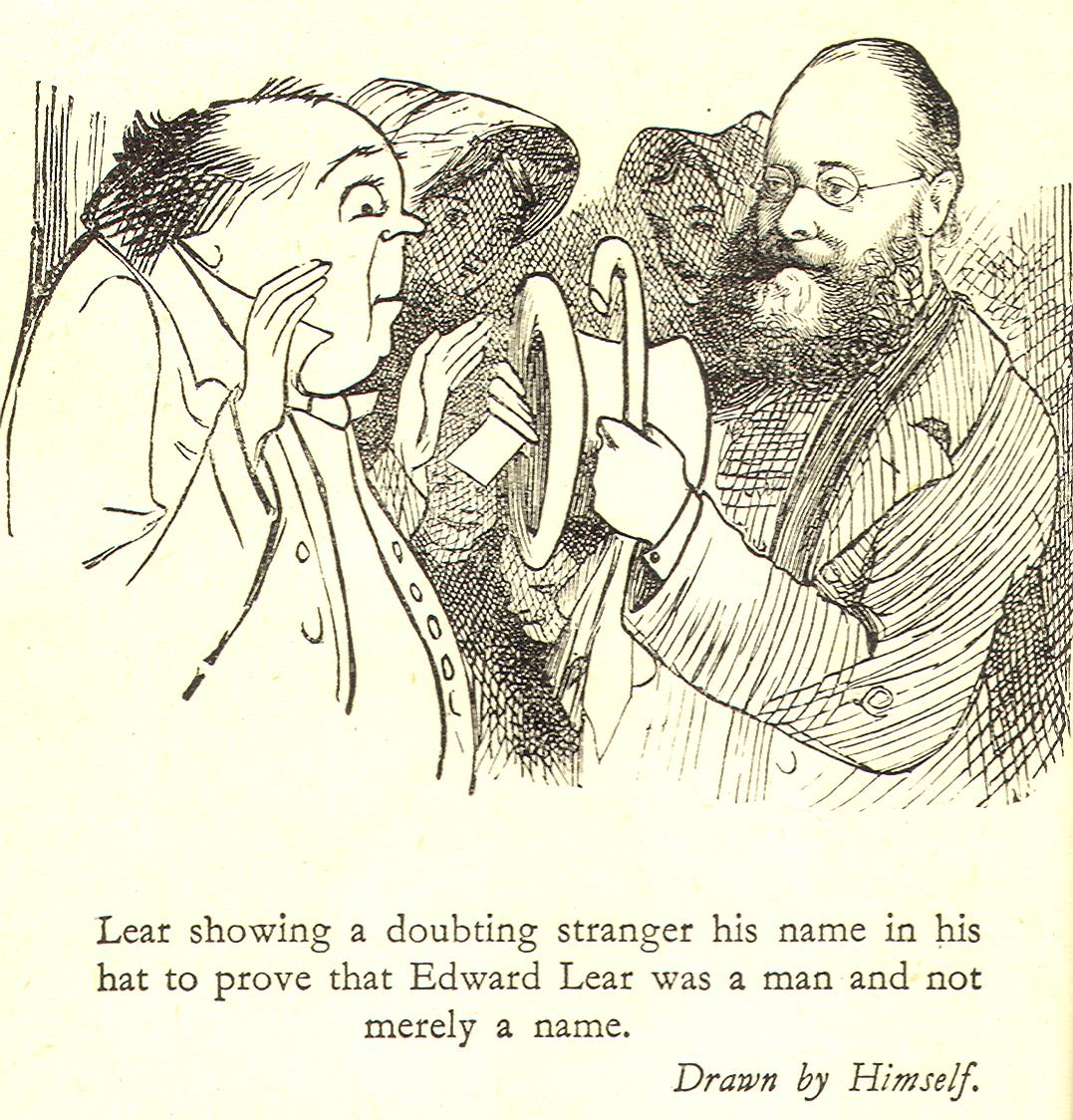With a flourish, Henry Louis Smith lifts the cloth from the clear glass tank. A few ribbons of filmy haze swirl lazily in the water thereby revealed. Up close, he can see that the haze is made up of tiny dots drifting together, but from the low grumble of disappointment around the room it’s clear that the students are not impressed.
“Professor?” calls Chet Myers from near the back. “Are you demonstradin tha conduct-tape properties of water or some sorta thing like that?”
Professor Smith breathes deeply and adjusts his neck-tie. One more semester, he tells himself. After the fall term, Myers will have completed the required entry-level Natural Science course and can go back to what he does best – winning football matches for Davidson College.
“These, Mister Myers, are sea monkeys. The most lively, entertaining and adorable pets known to science. I invite you all to come up to the front and take a closer look. The twentieth century may well bring about revolutions in the science of domesticated aquatic house animals, but for now these are state of the art. It is my firm belief that every household in America will soon wish to own a family of sea monkeys.”
Professor Smith takes a step back from the tank to make room for the gathering students. “Easy. One at a time, now. Everyone will have a chance to see them.”
Chet Myers, who had been on his knees with his face pressed to the glass, cranes his neck around. “Aw geez, Prof. These look a whole lot like shrimp. Is shrimp some kind of a monkey? Monkey of the sea? Izzat how come we’re all descendent from apes like you said?”
“These are a distinct, and highly sociable, form of aquatic life, Mister Myers. They swim, play scoot, race, do stunts and tricks. They may, although this has yet to be demonstrated under laboratory conditions, form an entirely new underwater civilisation.”
“When they grown, you could also cook em up in chowder, Prof. Shrimp chowder is good.”
“Shrimp chowder is good, Professor,” agrees Shereen Naismith, one of the brighter students. “But you’d want bigger shrimp. You could hardly get a broth from these.”
“Yes, all right,” he snaps. “I’m sorry you’re all so underwhelmed with my sea monkeys. But I think you’ll be intrigued by this –“ and he holds up a flat, plastic disc with a spiral shape painted on its surface – “the hypno-coin. This simple, yet effective, device relies on this carefully-calibrated pattern of spirals which – when the disc’s lens is vibrated like – so – is set in motion, allowing the subject to become –“
“Is the lens supposed to fall off like that?”
“Well obviously it –“ he scoops the plastic film from the floor and tries to reattach it to the disc, but the press-stud is small and now bent slightly out of shape and he can’t manage. “To fully bend a subject to my will, we just need to – Well, I should be able to achieve the hypnotic effect if you just hold still while I turn the –“
“You dropped it again, Professor.”
“Yes, Myers –“ stooping and straightening again with it clasped between his outstretched fingertips – “Perhaps if I hold it still, while you rotate your head in a rapid circular motion… Or –”
Putting the hypno-coin down on the presentation bench, Professor Smith reaches into a drawer and holds up what appears to be a pair of sandals bound with thick leather straps to boards on which has been nailed a pair of large, steel springs. “Space shoes,” he declares. “Perfect for putting a spring in your stride. Imagine that you are walking upon the surface of the moon, experiencing less than 20% of terrestrial gravity, but without leaving the safety and comfort of Earth. Reach first storey windows with a single bound – ”
“Professor, did you just strap some springs to a pair of sandals?”
“Is that even safe?”
“What is the scientific principle behind it?”
“Do you need insurance to wear them things?”
He can see that he is fast losing the class, and he has a sinking feeling that tenure will depend on a positive student assessment this year. He thinks fleetingly of the other scientific wonders he has stashed in the drawer. A flying saucer that works on the principle of differential expansion. A chest-expander and bicep-enlarger. Ever-trim girdle-and-brace with fully-engineered cantilevering. None, he knows, willl quite do the trick. There is only one thing that can still the student hubbub and salvage his career at this point. Reaching again into the drawer, he began to speak in a measured, even tone which is somewhat belied by the snub-nose revolver now gripped in his left hand. “Class, I want you to pay very careful attention.”
“Oh, my God Professor,” coughs Shereen. “What are you doing?”
“Prof, I –“
“Not one word, Myers. Not one more word. I will tell you all what I am doing. You may have heard that some unpronounceable German has recently developed a device capable of making light penetrate wood, flesh, cloth and most organic substances, using the power of what are being called x-rays.
“Using equipment salvaged from various parts of the college, I have assembled an x-ray generating machine of my own to demonstrate. If you will allow me.”
Stepping past the huddle of now-subdued students, and noting with brief satisfaction that even Myers’ gormlessness was somewhat ameliorated by abject terror, Professor Smith opens a cupboard door just off to the side of the presentation desk and wheels out a large, electric device. The machine’s coils and tubing and focusing fins give him a small thrill, a slightly more potent charge than that which had passed through him when he had picked up the revolver.
He pushes it over to the presentation bench. From a shelf beneath the machine he removes the perfectly preserved hand of a cadaver, neatly severed at the wrist. Ignoring the students’ indrawn breaths and hastily subdued shrieks – he is still holding the pistol after all – he places the severed hand carefully in the machine’s holding tray. He takes careful aim at the hand and fires a single shot into its fleshy palm.
“Now before you ask,” he says, raising his voice over the echo of the shot and beginning to spin several of the dials on the device, “I’ll tell you. If you’ll just gather here, you will be able to see the bullet clearly, even through the flesh. At least, once I have calibrated the viewfinder. The –“
Myers, lurching up behind him calls out, “We can see it anyways, Professor. Through tha great big hole you shot in that there hand.”
“Yes, be quiet Myers. Thanks to the miracle of x-rays we will be able to see the bone beneath the skin and the skin beneath the cloth, without removing either skin or cloth.”
“And without shooting holes in em?”
“It will revolutionise medicine. And possibly also shoe-fitting.”
And as he watches the expressions on the students’ faces transition from fear and hostility to something approaching awe, he is thinking about how he could shrink the x-ray generating machine to, say, eyeglass size. X-ray specs. Then he’d shift some units, no doubt about it.
File under: wonders of science | order now to avoid disappointment
(Image source: waymarking)





